The Color Of Jesus
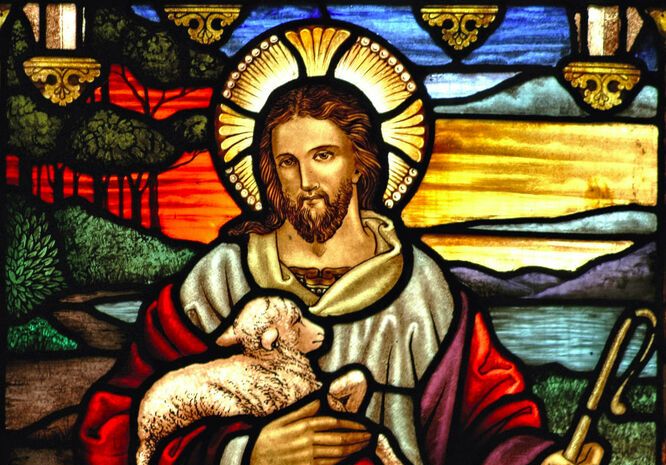
What did Jesus look like? What should he look like? These are both important questions.
Earlier this summer (2020), in the midst of a wave of statues around the country being torn down and defaced for honoring or being perceived to be honoring someone who was involved in slavery or some other form of gross injustice, Shaun King – a highly visible figure in the Black Lives Matter movement – tweeted to his over 1 million followers, “All murals and stained glass windows of white Jesus, and his European mother, and their white friends should also come down.”
Thankfully, I don’t know that anyone has actually followed up on King’s inflammatory encouragement by defacing church windows, but he does raise some interesting questions – “What color was Jesus?” “What did he look like?” “What should he look like?”
I have been particularly interested in these questions this year since I have been working on a children’s book about Jesus, called “The Song: The Story of Our Hope & Rescue.” It should be available around Christmas time and you can find out more at www.LittleSeedPress.com.
Trying to figure out what this most-famous-person-in-history looked like is challenging, because we don’t have any primary source material – photographs, drawings from people who knew him, a skeleton to do reconstruction work on, or even a physical description. Given all of that though, we’ve got some great sources to pull from to at least have an idea of what Jesus might have looked like.
We can look at early Christian art. Here are two of the earliest paintings we have of Jesus. This first one is from the 4th century and was found in the Via Labicana Catacombs in Italy. The second one is a 6th century depiction of Jesus found at the St. Catherine’s Monastery on Mount Sinai – near the northeastern most tip of Africa.
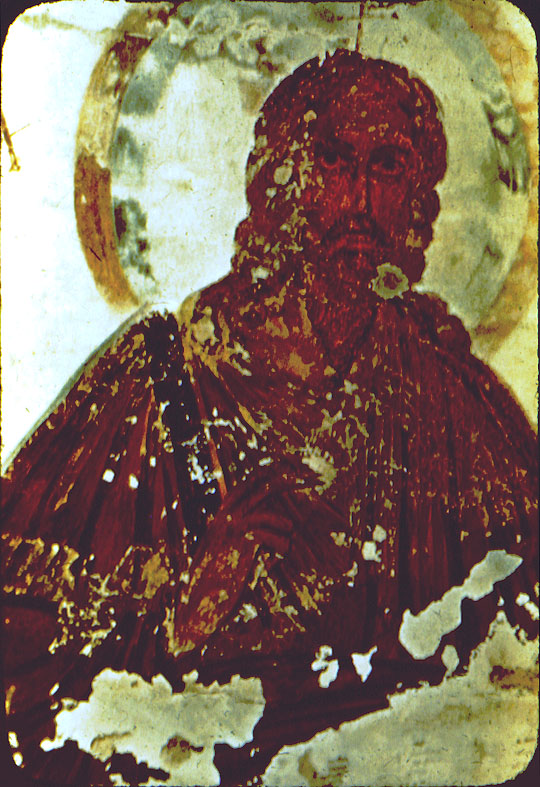
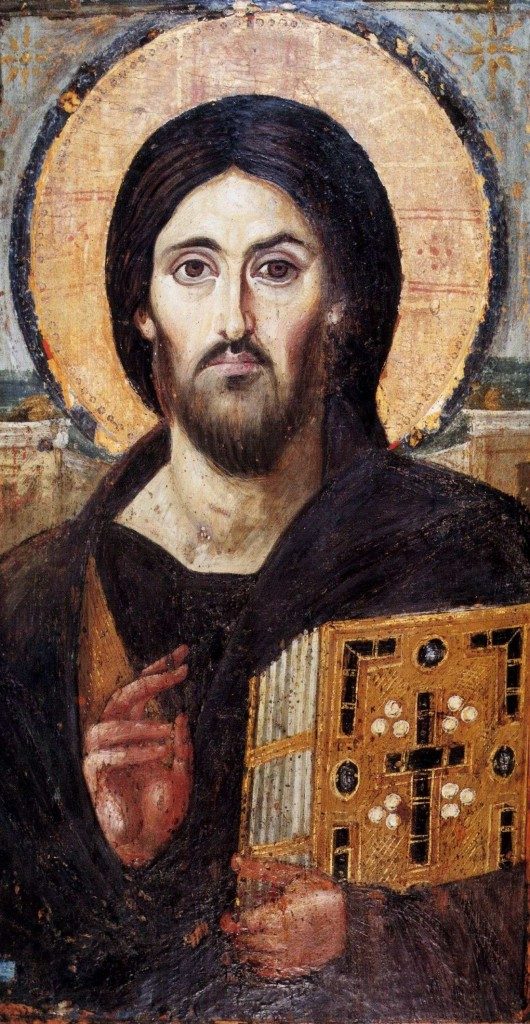
We can look at archeological evidence. In 2001, forensic anthropologists took a skull found in Israel that dates back to the 1st century AD and used modern forensic reconstruction methods to see what new insights it could tell us about what Jesus might have looked like. The reconstruction wasn’t of Jesus’ skull, but it is a way of giving us a man of Jesus’ time and place to compare to.
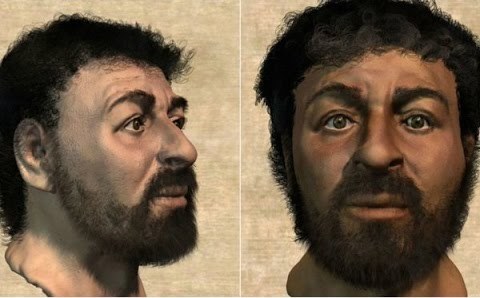
Science (and HERE) also reveals to us what the general Near Eastern population looked like – from the region of modern day Turkey all the way around the east end of the Mediterranean through Egypt. Here are some examples of portraits of ancient Egyptians. These also give us clues as to what the typical human appearance – including the appearance of Jesus – might have been like in the ancient Near Eastern region.
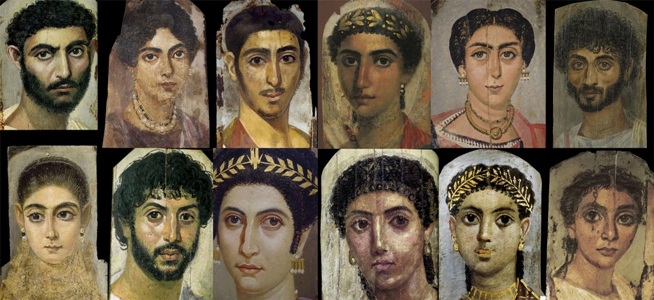
Another source we can look to for clues is modern Jewish Israelis. The Jewish people have been a tight knit ethnic community for thousands of years and modern Israel is a Jewish ethno-state. While this still doesn’t give us a perfect picture of what 1st century Jewish people looked like, we can look to their modern-day descendants for clues. A search for “Israeli people” and “Israeli family” produced the two images below.


So what do these sources suggest to us about what Jesus, his friends, and neighbors might have looked like? According Joan Taylor, professor of Christian Origins at King’s College in London, we can assume that Jesus had brown eyes, straight or wavy brown or black hair, and olive brown skin.
Based on the evidence we have available, that is about as close as we can get to answering the question, “What did Jesus look like?”
But what SHOULD Jesus look like?
It may sound like a strange question, but it wouldn’t to a missionary – and Jesus was the ultimate missionary. A Christian missionary works to communicate the good news of God’s love and rescue to a particular people in a way they can hear it and understand it. In other words, a Christian missionary contextualizes their message based on an individual or group’s language, culture, ethnicity, and historical background. This contextualizing of the message is a small version of what God did through Jesus. In Jesus, God contextualized or incarnated God’s message for all people. The divine became human, “Emmanuel,” “God-with-us,” so that people could understand and relate to the rescuing message that God was trying to communicate. Jesus was the ultimate missionary!
What does this mean for what Jesus should look like and what color he should be?It means that a wise missionary may draw pictures of Jesus that represent to the best of their understanding what the historic, first century, Jewish Jesus might have looked like. But it also means, that a wise missionary might also contextualize what Jesus looked like in the pictures they draw of him. They might work to depict Jesus in a way that better expresses the message to the people that “Jesus came for you and people like you.” If a missionary drew pictures to help tell the story of Jesus in a village in central Africa, she might draw Jesus and his friends with black skin and black curly hair. In a village in southeast Asia a missionary might draw Jesus and his friends with straight black hair and almond-shaped eyes. And yes, in a village in Scandinavia, a missionary might draw Jesus and his friends with blond hair, blue eyes, and white skin.
In most circumstances, contextualizing what Jesus looked like isn’t any more deceptive than translating his original words from Aramaic to a local language. It is contextualizing the message to communicate the truth that “Jesus came for you and people who look like you.” When the people begin to draw their own pictures of Jesus on walls or windows that happen to look like them and their people, maybe it is a sign that they are getting the message that “Jesus loves me.”
Jesus almost certainly looked like a first century Jewish man, but what he should look like might sometimes depend on the context.
You may also be interested in: